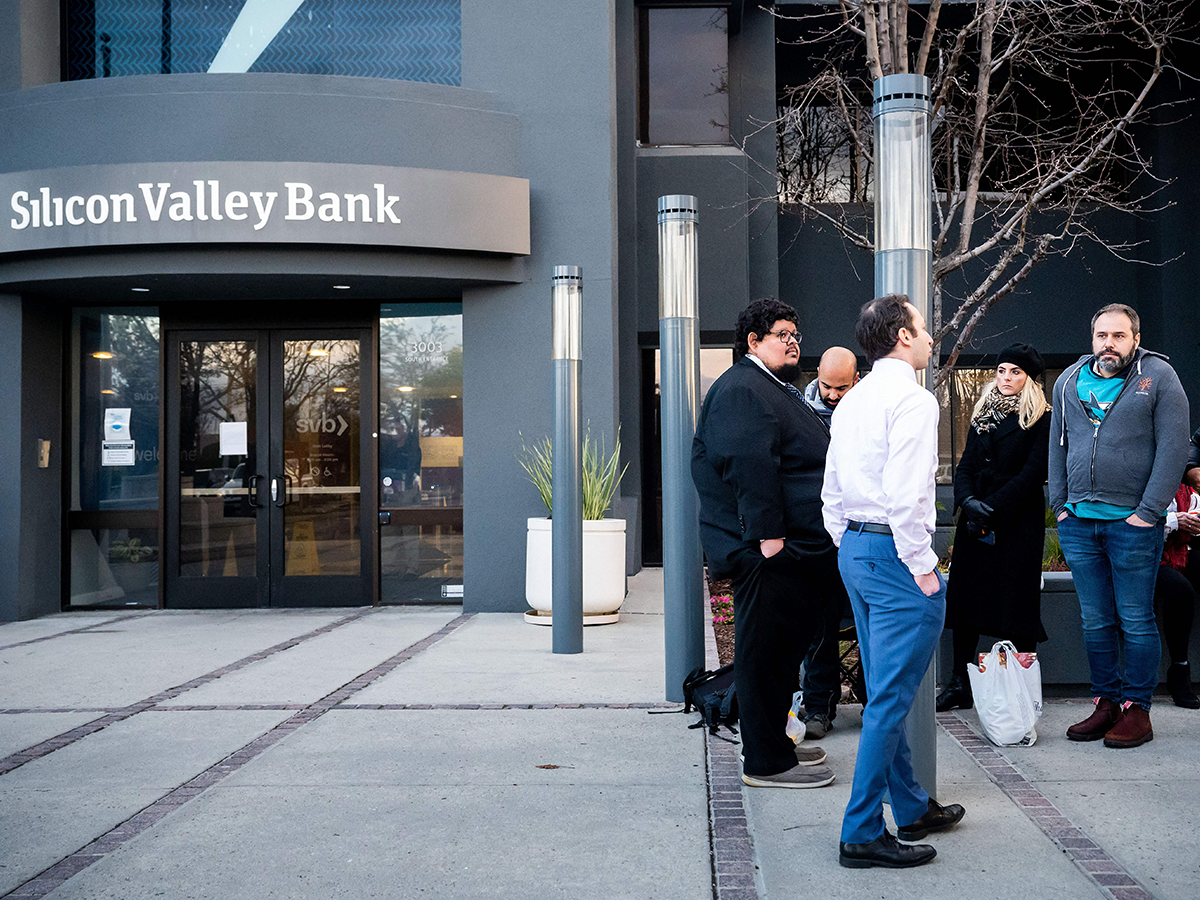Make It Make Sense: How Can I Invest in Green Companies?

Welcome to CB’s personal-finance advice column, Make It Make Sense, where each month experts answer reader questions on complex investment and personal-finance topics and break them down in terms we can all understand. This month, Damir Alnsour, a lead advisor and portfolio manager at money-management platform Wealthsimple, tackles eco-friendly investments. Have a question about your finances? Send it to [email protected].
Q: It’s Earth Month! And… there’s a climate crisis. How can I invest in companies and portfolios funding causes I believe in?
Earth Day may have been introduced in 1970, but today it’s more relevant than ever: In a 2023 survey, 72 per cent of Canadians said they were worried about climate change. Along with carpooling, ditching single-use plastics and composting, you can celebrate Earth Month this year by greening your investment portfolio.
Green investing, or buying shares in projects, companies, or funds that are committed to environmental sustainability, is an excellent way to support projects and businesses that reflect your passions and lifestyle choices. It’s growing in favour among Canadian investors, but there are some considerations investors should be mindful of. Let’s review some green investing options and what to look out for.
Green Bonds
Green bonds are a fixed-income instrument where the proceeds are put toward climate-related purposes. In 2022, the Canadian government launched its first Green Bond Framework, which saw strong demand from domestic and global investors. This resulted in a record $11 billion green bonds being sold. One warning: Because it’s a smaller market, green bonds tend to be less liquid than many other investments.
It’s also important to note that a “green” designation can mean a lot of different things. And they’re not always all that environmentally-guided. Some companies use broad, vague terms to explain how the funds will be used, and they end up using the money they raised with the bond sale to pay for other corporate needs that aren’t necessarily eco-friendly. There’s also the practice of “greenwashing,” labelling investments as “green” for marketing campaigns without actually doing the hard work required to improve their environmental footprint.
To make things more challenging, funds and asset managers themselves can partake in greenwashing. Many funds that purport to be socially responsible still hold oil and gas stocks, just fewer of them than other funds. Or they own shares of the “least problematic” of the oil and gas companies, thereby touting emission reductions without clearly disclosing the extent of those improvements. As with any type of investing, it’s important to do your research and understand exactly what you’re investing in.
Socially Responsible Investing (SRI) and Impact Investing
SRI and impact investing portfolios hold a mix of stocks and bonds that are intended to put your money towards projects and companies that work to advance progressive social outcomes or address a social issue—i.e., investing in companies that don’t wreak havoc on society. They can include companies promoting sustainable growth, diverse workforces and equitable hiring practices.
The main difference between the two approaches is that SRI uses a measurable criteria to qualify or disqualify companies as socially responsible, while impact investing typically aims to help an enterprise produce some social or environmental benefit.
Related: Climate Change Is Influencing How Young People Invest Their Money
Some financial institutions use the two approaches to build well-diversified, low-cost, socially responsible portfolios that align with most clients’ environmental and societal preferences. That said, not all portfolios are constructed with the same care. As with evaluating green bonds, it’s important to remember that a company or fund having an SRI designation or saying it partakes in impact investing is subjective. There’s always a risk of not knowing exactly where and with whom the money is being invested.
All three of these options are good reminders that, even though you may feel helpless to enact environmental or social change in the face of larger systemic issues, your choices can still support the well-being of society and the planet. So, if you have extra funds this April (maybe from your tax return?), green or social investing are solid options. As long as you do thorough research and understand some of the limitations, you’re sure to find investments that are both good for the world and your finances.










